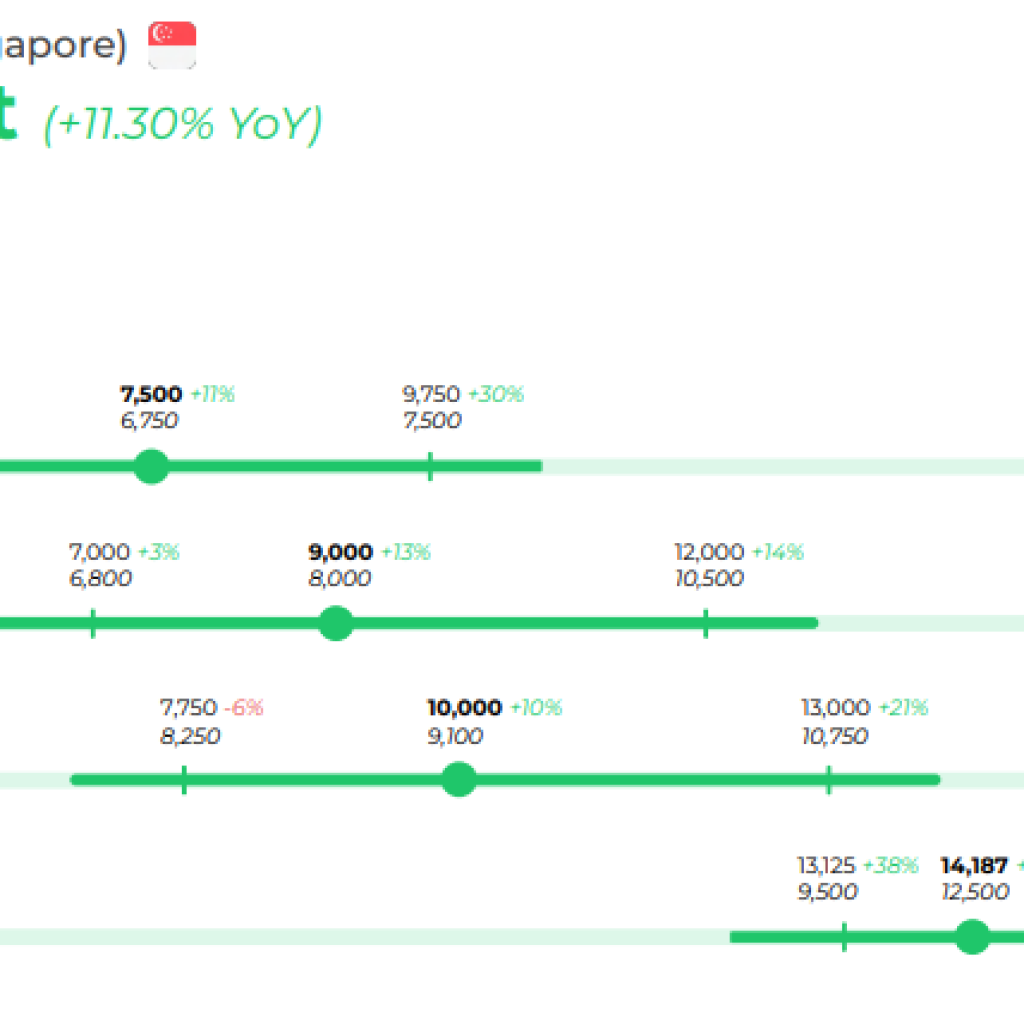IBM and NASA have jointly announced the release of a groundbreaking geospatial AI foundation model, which will be available on the Hugging Face platform. Leveraging NASA’s Harmonized Landsat Sentinel-2 (HLS) dataset, this model is the largest on Hugging Face and represents the first open-source AI foundation model developed in partnership with NASA.
The Model’s impressive training and performance
This geospatial AI model underwent extensive training on the HLS dataset for a year, covering the entire continental US. The model was further fine-tuned on labeled data to enhance its capabilities in flood and burn scar mapping. The remarkable results show a 15% improvement over cutting-edge techniques while utilizing only half as much labeled data. This achievement signals a significant advancement in geospatial AI technology, with the potential for broader applications beyond flood and burn scar mapping.
A Multi-purpose tool for environmental insights
IBM’s geospatial foundation model, watsonx.ai, can be deployed for various environmental monitoring and analysis tasks. Beyond its current applications, the model can also track deforestation, forecast crop yields, and monitor greenhouse gases. The model’s versatility makes it valuable in addressing critical environmental challenges, particularly in climate change and Earth science.
The power of open-source collaboration
The collaborative efforts of IBM and NASA have successfully developed this geospatial AI foundation model. Both organizations recognize the importance of open-source technologies in accelerating research and innovation, especially in areas like climate change. By making the model available on Hugging Face, they aim to democratize access to AI and inspire innovations in Earth and climate science.
IBM’s Research AI vice president, Sriram Raghavan, emphasized the significance of open-source technologies in driving impactful solutions for the planet. IBM’s foundation model efforts focus on creating flexible and reusable AI systems, and this geospatial model is a prime example of their commitment to advancing AI research for various applications.
NASA’s vision for Earth science
As the world’s leading space agency, NASA understands AI’s potential in analyzing observational data to understand our planet better. NASA hopes to maximize its impact and foster collaboration in addressing crucial environmental challenges by open-sourcing this geospatial model and making it available to the global community.
A fruitful partnership
Earlier this year, IBM and NASA’s Marshall Space Flight Center joined forces to leverage AI technology to explore NASA’s vast Earth and geospatial science data repository. This partnership has proved fruitful, creating the geospatial AI foundation model that promises to revolutionize Earth science research.
The release of this geospatial AI foundation model on Hugging Face marks a significant milestone in AI research and its potential applications in Earth science and climate change studies. With its wide range of capabilities and open-source availability, the model is expected to pave the way for further innovations and collaborations that will benefit our planet and its environment. As the world continues to grapple with environmental challenges, cutting-edge AI models like this one will play a crucial role in providing vital insights and solutions for a sustainable future.





